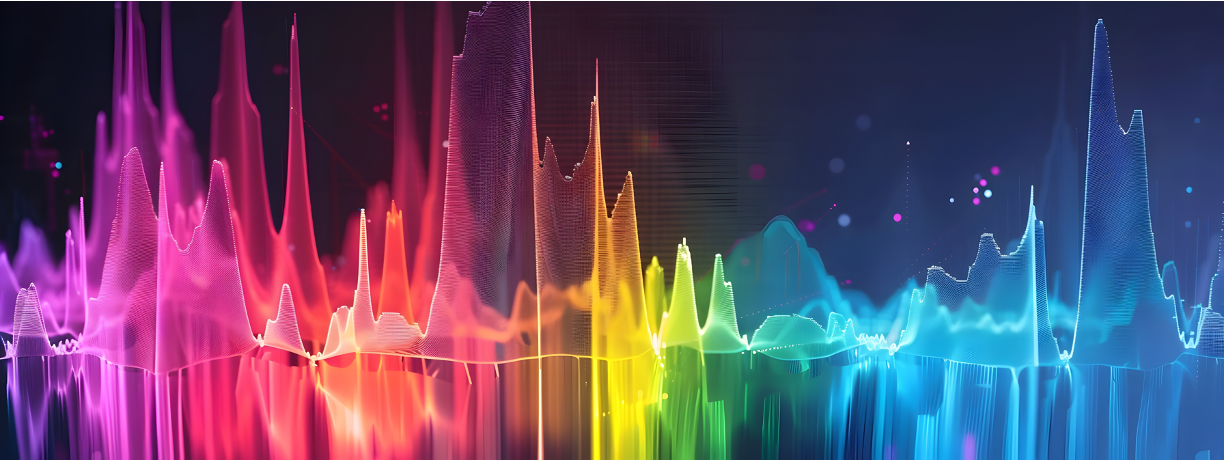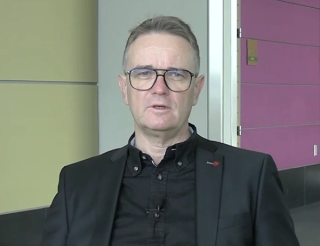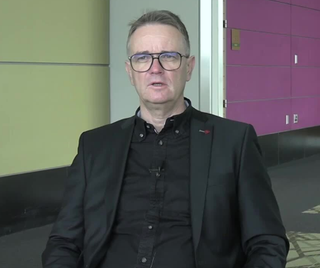
Near Infrared (NIR) Spectroscopy
Latest News

Latest Videos
More News

A new perspective article by Anna de Juan and Rodrigo Rocha de Oliveira highlights how hyperspectral imaging (HSI), paired with advanced chemometrics, is redefining process analytical technology (PAT) by coupling chemical specificity with full-field spatial resolution. Their work outlines how HSI surpasses classical spectroscopic PAT tools and enables quantitative, qualitative, and mechanistic insight into chemical processes in real time.

A research team has developed the first short synthetic peptide-based biosensor for real-time tracking of the disease-related protease matrix metalloproteinase-9 (MMP-9), using multi-parametric surface plasmon resonance spectroscopy (MP-SPR).

This tutorial introduces spectroscopy professionals to the operational principles, practical workflows, and laboratory applications of biosensors. It covers core definitions, biosensor types, transduction methods, nanomaterials-enabled strategies, and optical/electrochemical approaches relevant to spectroscopic analysis. Readers will learn how biosensors integrate biological recognition with physicochemical detection, how to implement them in real-world measurement tasks, and how to avoid common technical pitfalls when translating biosensor theory into laboratory practice.
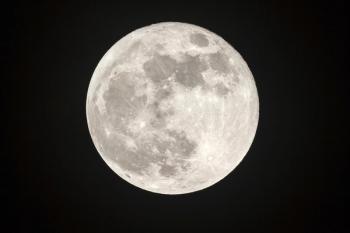
A recent study establishes how particle size, particle shape, phase angle, and ice abundance influence VNIR spectral signatures, providing a refined framework for accurately detecting and quantifying lunar water ice in polar regions.

A new study from Heilongjiang Bayi Agricultural University pioneers rapid, non-destructive detection of illicit food additives using deep learning and near-infrared spectroscopy.

The miniaturization of spectroscopic instruments has reached a remarkable milestone: wearable vibrational spectroscopy. Techniques such as Raman, surface-enhanced Raman scattering (SERS), infrared (IR), and functional near-infrared (fNIRS) spectroscopy are no longer confined to the laboratory bench—they now fit on our bodies, into household devices, and onto industrial equipment. These wearable devices promise continuous, real-time monitoring, offering molecular-level insights for personal health, household management, clinical care, and industrial applications.

Phil C. Williams (1933–2025) was an internationally recognized pioneer in near-infrared spectroscopy whose visionary work transformed grain analysis from chemical assays to rapid, environmentally responsible spectroscopic methods. His lifelong commitment to scientific rigor, mentorship, and practical innovation has left an enduring legacy that continues to shape industrial spectroscopy for grain analysis that impacts the global economy.
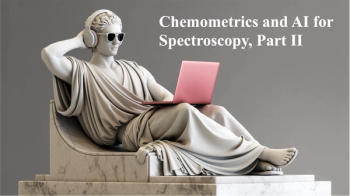
This second part of the Recent Research in Chemometrics and AI for Spectroscopy article surveys current and emerging applications of artificial intelligence (AI) in spectroscopy, highlighting explainable AI (XAI), deep learning, and generative AI frameworks.
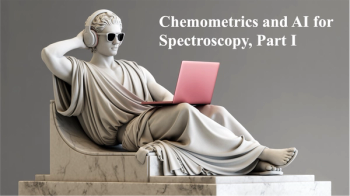
This first article in a two-part series introduces the foundations and terminology of AI as applied to chemometrics, defines key algorithmic approaches, and explores their growing role in spectral data analysis, model quantitative calibration, classification, and interpretability.

A recent study explored using near-infrared (NIR) spectroscopy as a rapid, nondestructive method for accurately classifying THC levels in cannabis.

Using optical and near-infrared spectroscopy, researchers have identified crystalline water ice as the likely driver of explosive outbursts on comet 12P/Pons-Brooks. Their findings link this dramatic cometary activity to a process once observed in comets 17P/Holmes and 332P/Ikeya–Murakami.
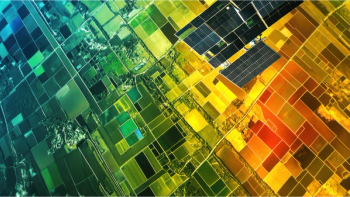
A new international review highlights how hyperspectral imaging (HSI) is revolutionizing diverse fields—from counterfeit detection and agriculture to cancer diagnostics—by capturing unprecedented spectral detail invisible to traditional cameras. The study identifies major advances, challenges, and the growing role of artificial intelligence in real-time HSI applications.

Researchers have developed a new method combining unmanned aerial vehicle (UAV) hyperspectral imaging with satellite data to monitor chlorophyll-a (Chla) and total nitrogen (TN) concentrations in coastal wetland waters. Their approach enhances the precision and scalability of water quality assessments, providing a model for managing eutrophication in fragile ecosystems.
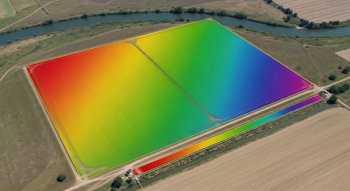
Researchers at the European Space Research and Technology Centre (ESTEC) have developed a new framework for onboard hyperspectral image processing that uses deep learning to analyze massive volumes of spectral data in real time. Their review highlights lightweight neural networks, generative models, and hardware accelerators as key technologies shaping the next generation of spaceborne Earth observation.
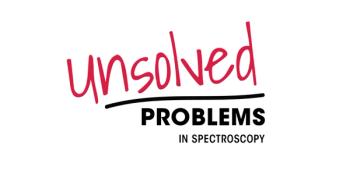
Here are ten main unsolved problems in vibrational and atomic spectroscopy, each accompanied by a tutorial-style synopsis suitable for advanced practitioners or graduate-level students. Each of these tutorials, spanning advanced spectroscopy modeling, chemometrics, machine learning (ML) interpretability, and standardization, consists of a descriptive article. Each piece is well-referenced (with detailed matrix equations, radiative transfer models, chemometric derivations, and so forth), and includes the following. • Special focus on each topic—including mathematical derivations in matrix notation. • Conservative, verifiable content anchored to established reference sources. • Appropriate tutorial article structure: Title, Summary, Abstract, Introduction, Theory with equations, Examples, Discussion & Future Research, and References.
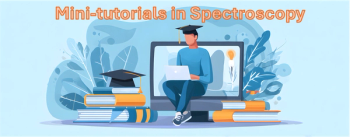
This curated collection of recent Spectroscopy magazine mini-tutorials highlights the latest analytical and data-driven innovations in vibrational spectroscopy. Covering NIR, Raman, O-PTIR, and related optical methods, the series emphasizes practical workflows, emerging machine learning integrations, and advanced chemometric techniques for real-world laboratory applications—from food and environmental monitoring to biomedical analysis and nanoscale imaging.

A new perspective from researchers at the Karlsruhe Institute of Technology explores the evolving relationship between human expertise and artificial intelligence in polymer chemistry.
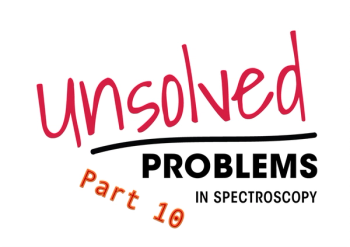
This tutorial explains how baseline drift and multiplicative scatter distort spectroscopic data, reviews correction techniques such as MSC, SNV, EMSC, wavelet-based detrending, and AsLS baseline estimation with matrix-based derivations, and explores emerging data-driven scatter modeling strategies and future research directions.

Astronomers have captured the first detailed optical spectrum of 3I/ATLAS, the third known interstellar object to visit our Solar System. Using the VLT’s MUSE instrument, the team finds a red, dust-dominated coma with no detectable gas emissions, offering a rare glimpse into the composition of alien comets.
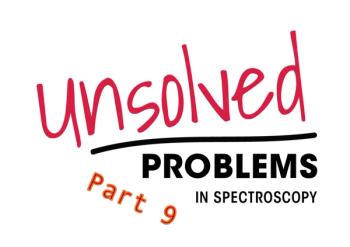
This tutorial examines the development of universal spectral libraries, reviewing standardization efforts, mathematical frameworks, and practical examples across multiple spectroscopies, while emphasizing metadata harmonization, FAIR principles, and the emerging role of AI in building interoperable, machine-readable repositories. This remains an unsolved problem in spectroscopy.

New observations of interstellar comet 3I/ATLAS, the third known interstellar object ever to visit our solar system, reveal unexpected activity and composition, challenging many previous assumptions about interstellar objects.

Newly captured spectroscopic data of the third-ever known interstellar object, 3I/ATLAS, reveals a red, organic-rich surface and an enigmatic early dust coma, providing unprecedented insight into materials from beyond our solar system.

Interstellar Comet 3I/ATLAS Shows Its Spectral Secrets Through Palomar and Apache Point Observations
Astronomers have conducted detailed spectrophotometric observations of the mysterious interstellar comet 3I/ATLAS using the Palomar 200-inch and Apache Point telescopes. The findings reveal unexpected activity and unique spectral features, enhancing our understanding of this cosmic visitor.

The interstellar object 3I/ATLAS, discovered in July, has captivated astronomers with its unusual characteristics. While some scientists attribute its behaviors to natural cometary processes, others propose more speculative theories, including the possibility of it being an artificial probe. This article examines both mainstream and speculative interpretations of 3I/ATLAS's anomalous features. Other news articles this week will look specifically at the spectroscopic results of telescopes recently analyzing this mysterious object.
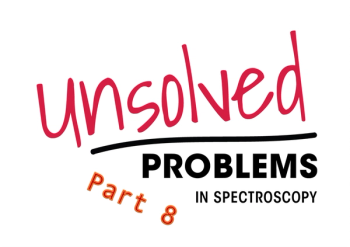
This tutorial explores the challenges posed by nonlinearities in spectroscopic calibration models, including physical origins, detection strategies, and correction approaches. Linear regression methods such as partial least squares (PLS) dominate chemometrics, but real-world data often violate linear assumptions due to Beer–Lambert law deviations, scattering, and instrumental artifacts. We examine extensions beyond linearity, including polynomial regression, kernel partial least squares (K-PLS), Gaussian process regression (GPR), and artificial neural networks (ANNs). Equations are provided in full matrix notation for clarity. Practical applications across near-infrared (NIR), mid-infrared (MIR), Raman, and atomic spectroscopies are discussed, and future research directions are outlined with emphasis on hybrid models that integrate physical and statistical knowledge.

